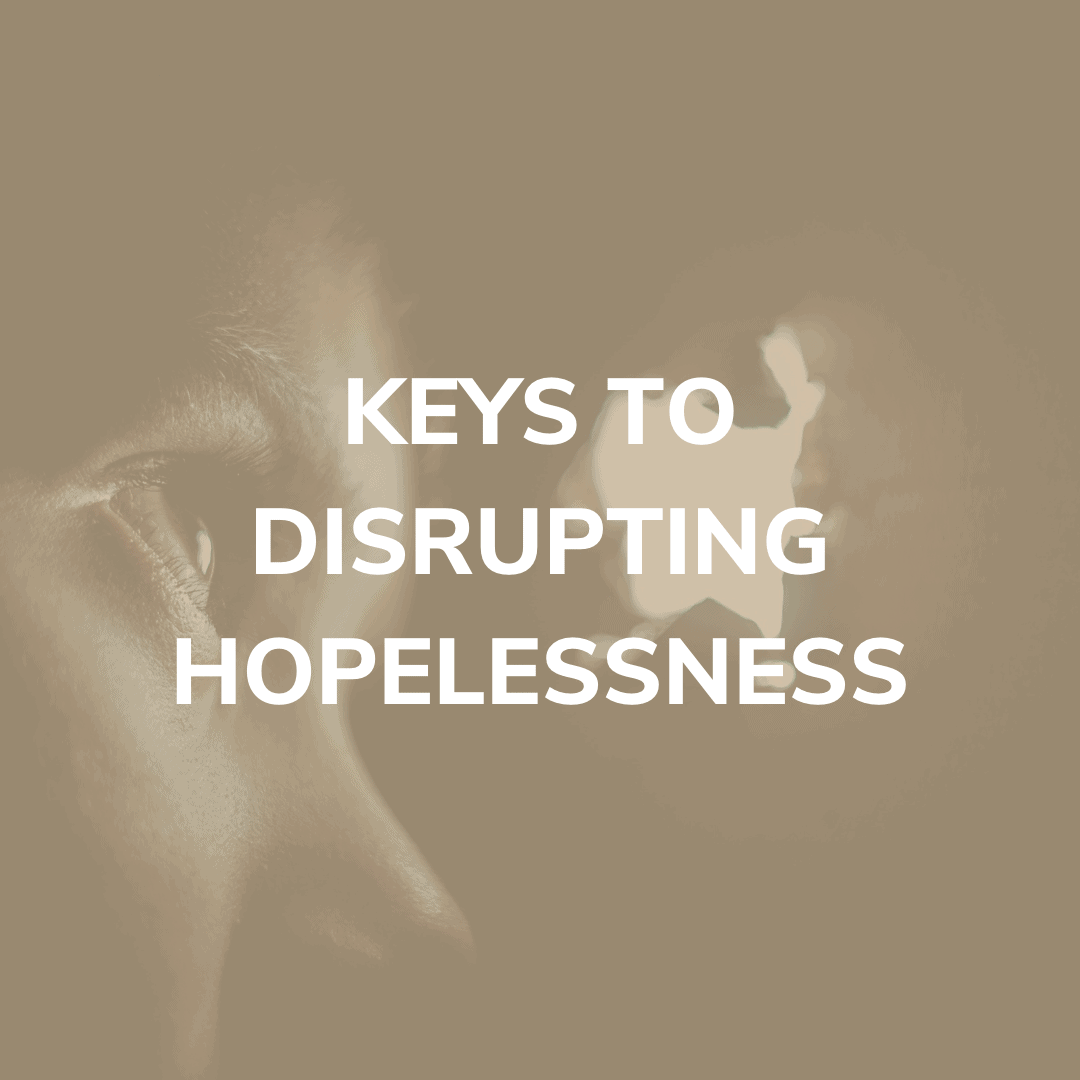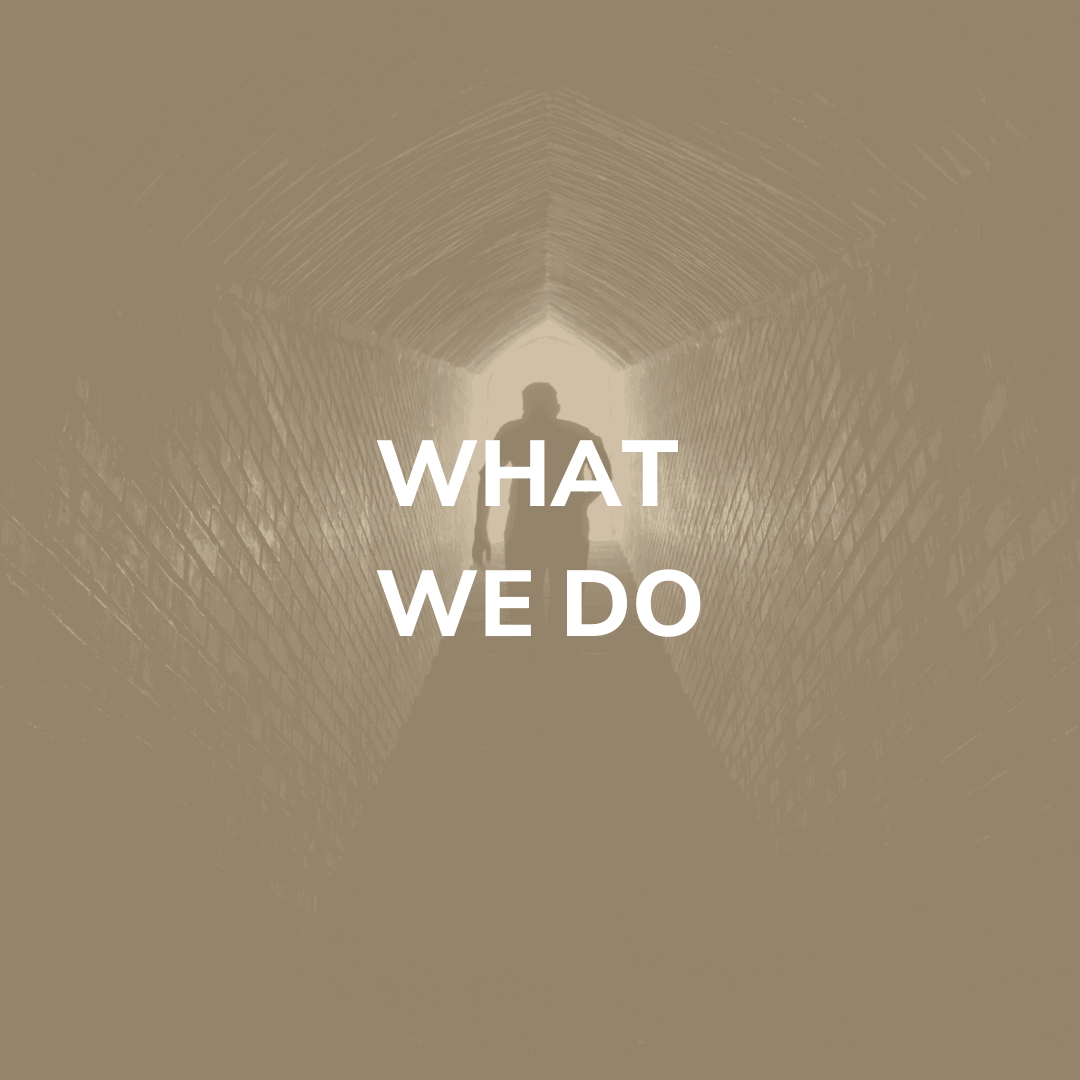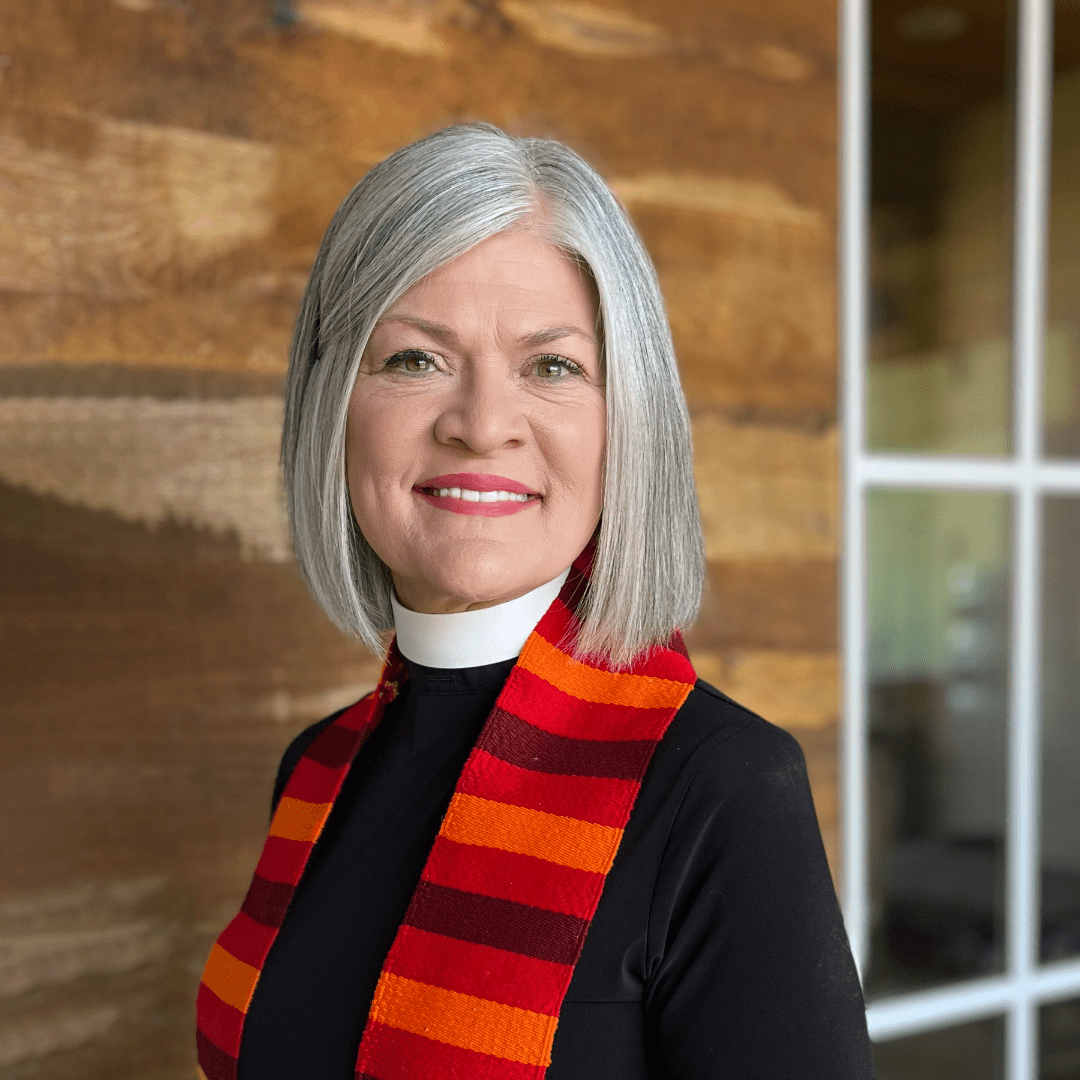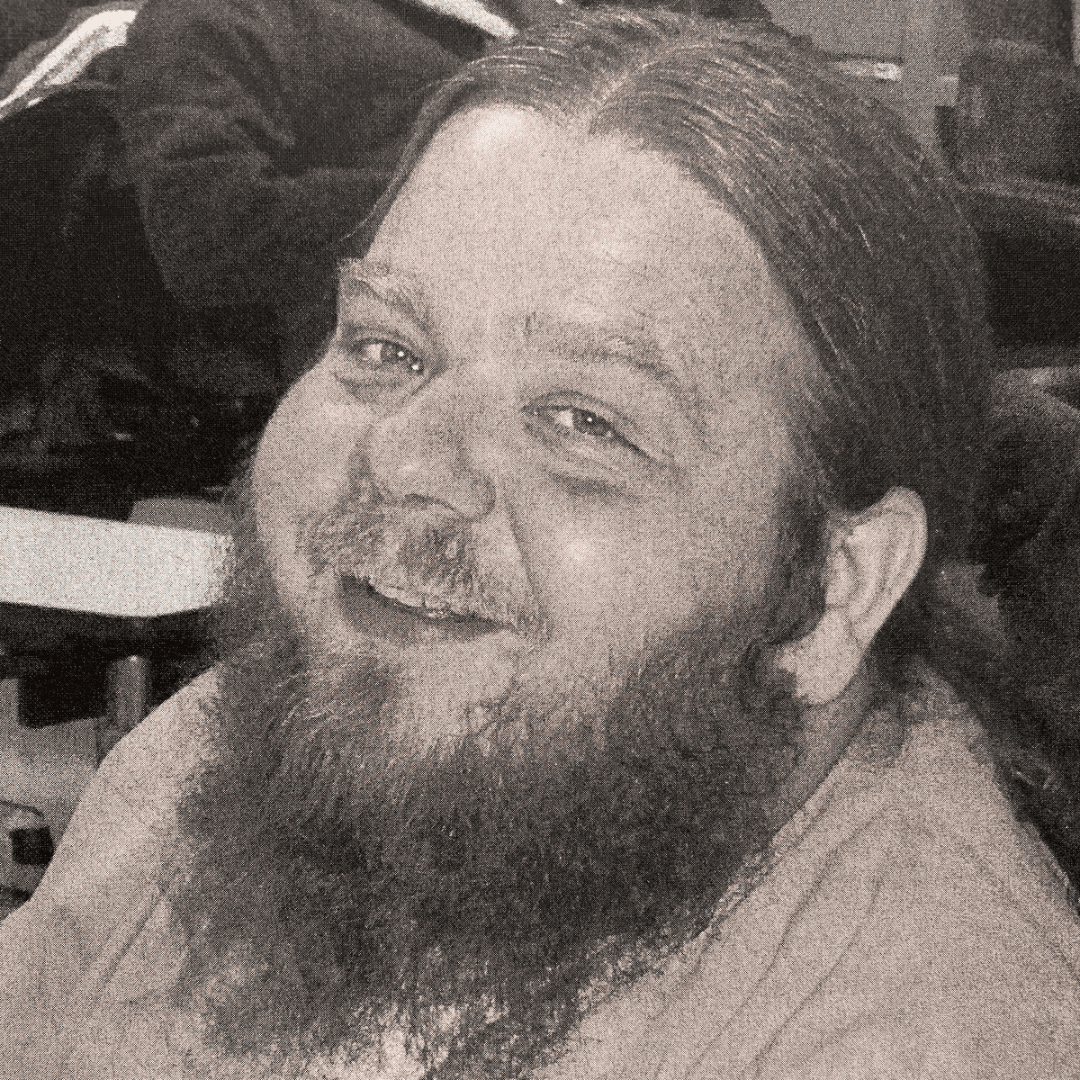

It’s hard to imagine what life on the inside is really like. A common description is hopeless…and it’s a kind of hopelessness that began on the streets long before lock-up.

Jesus was the first key-holder to disrupting the cycle of hopelessness. “I am the Living One; I was dead, and now look, I am alive for ever and ever! And I hold the keys of death and Hades” (Rev. 1:18).

Hope on the Inside seeks to establish, nurture and support spiritual communities inside prisons, creatively caring for residents. When residents are released, we seek to build spiritual communities of creative care serving as bridges of transition to independence.
GET INVOLVED
LOOK INSIDE.
Do you have the spirit of a friend, mentor, guide or teacher inside you that could better the life of the incarcerated? The things we call ordinary are extraordinary to the hopeless.
LOOK AROUND.
What work might already exist in your community that you could join?
LOOK TO US.
Our team is eager to listen to you, pray with you and creatively support you!
LOOK AHEAD.
Take the first step! It is the most important action you can take! Contact Lisa.
OUR TEAM

Lisa Durr is the executive director of Hope on the Inside. She is a retired obstetric nurse. Lisa is a wife, mother and grandmother. She has an M.A.C.M. with an emphasis in theological instruction. She is an Anglican priest with C4SO, adjunct professor at Lipscomb University, spiritual director and retreat facilitator with a calling to guard, protect and nourish souls.

Timothy Agee is a consultant to Hope on the Inside. He is a scholar in the Lipscomb LIFE program and a resident at Riverbend Maximum Security Institute. He is a wise and trusted guide, a contemplative soul, an adoring father of two and a faithful follower of Christ. His call is simple: to live a faithful and surrendered life on the inside with the hope of soon being reunited with his family.
“Why are they there?” “What did they do?” or “Isn’t it scary?” are typical first questions I am asked about ministry to the incarcerated. The scary part is getting through multiple entry points. Guards and guns are intimidating. Prisons aren’t designed to be friendly or welcoming. When we visit the incarcerated, we volunteer to leave our sense of entitlement, our rights and our freedoms outside the gate. Becoming the “the least of these” makes it easier to identify with the reality of hopelessness and isolation and the keys of hope we can offer.
— Lisa
TESTIMONIALS
You saw something in me I did not know was there. You called me a “deep well” and asked when I was going to go deeper with God. That question changed my life. I felt worthy of knowing God and letting Him know me.
— A
There is no way I would ever have seen myself as a leader before this class. But, Yes! I am a leader. I lead my work crew. I lead my nieces to make better choices. I am a good leader!
— Q
I read the blessing you wrote to my daughter and wife. I was really proud to read them all the good things you said about me.
— J
To him who loves us and has freed us from our sins by his blood, and has made us to be a kingdom and priests to serve his God and Father—to him be glory and power for ever and ever! Amen.
